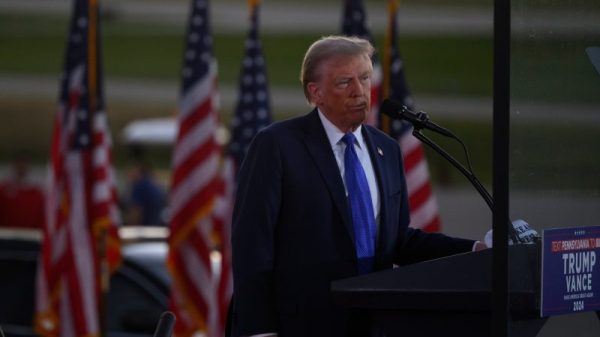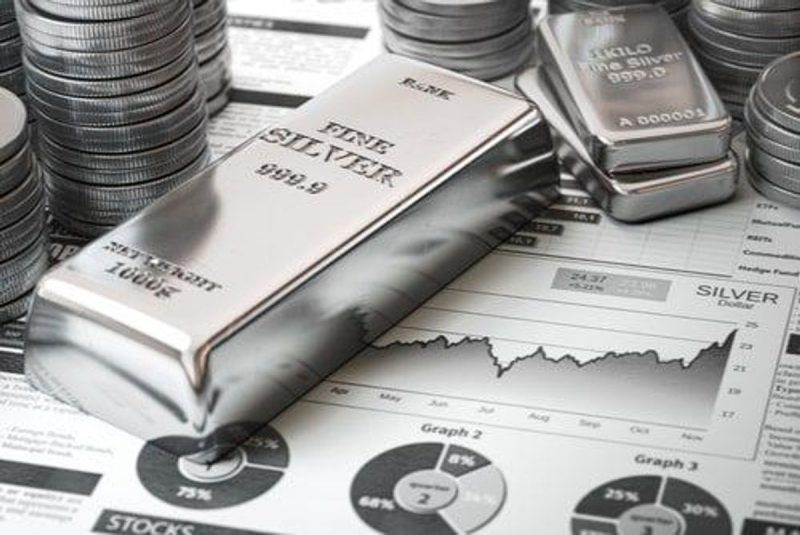Investing in silver futures is one of many options for those interested in entering the silver market.
The highest price for silver to date was reached half a century ago, when the precious metal hit US$48.70 per ounce. In recent years, investors have been wondering when the silver price will go up and if it will it ever break past its record. Some silver bulls believe that could happen in the near future, with a few market insiders even calling for a triple-digit silver price.
Trading silver futures is not the same as owning physical metal, but it’s a popular strategy for advanced investors with a higher risk tolerance. Read on to learn more about how silver futures work and what role they can play in a portfolio.
What are silver futures?
Silver futures trading involves an agreement between a buyer and a seller in which physical silver will be bought by the buyer and delivered by the seller for a fixed price at a date set in the future.
Most traders (especially short-term traders) aren’t concerned about delivery when it comes to silver futures — they typically use cash to settle their long or short positions before they expire or defer them to the next available delivery month. Overall, very few silver futures contracts traded each year actually result in the delivery of the underlying commodity.
What exchanges are silver futures traded on?
Silver futures can be traded on various global exchanges, but the COMEX is a common option. The COMEX is one of four exchanges that make up the CME Group, which bills itself as the world’s leading derivatives marketplace.
On the COMEX, monthly silver futures contracts are listed for the current calendar month or the following two calendar months, plus any January, March, May or September within a 23 month period. July and December are also included should they fall within a 60 month period, beginning with the current month. The material offered must assay to a minimum of 999 fineness.
According to Investopedia, silver futures on the COMEX are quoted in US dollars per troy ounce and are traded in units of various sizes, ranging from 1,000 (known as micro contracts) to 2,500 (E-mini contracts) to 5,000 (full contracts) troy ounces. For example, a price quote of US$24 for 5,000 troy ounces would cost approximately US$120,000.
In the case of a full contract, investors who wait for their silver futures to mature will either receive or deliver a 5,000 troy ounce COMEX silver warrant for a full-sized silver future, depending on if they are the buyer or the seller. One warrant entitles the holder to ownership of equivalent bars of silver in designated depositories, such as with The Brink’s Company (NYSE:BCO), HSBC Holdings (NYSE:HSBC,LSE:HSBA), Manfra Tordella & Brookes, Delaware Depository and JPMorgan Chase (NYSE:JPM).
The COMEX settlement process is different for smaller silver futures contracts.
Silver futures are also traded electronically on the Indian National Commodity & Derivatives Exchange (NCDEX), the Dubai Gold & Commodities Exchange (DGCX), the Multi Commodity Exchange of India (MCX) and the Tokyo Commodity Exchange (TOCOM).
Why invest in silver futures?
Silver typically follows in the footsteps of gold and is considered a safe-haven asset. Investors tend to flock to precious metals in times of turmoil, which bumps up demand, and if gold is too expensive, silver is a cheaper option.
Futures offer a limit on potential losses to buyers, which attracts those interested in hedging. Hedgers such as producers, portfolio managers and consumers often use futures to mitigate price risk — their goal is to protect themselves from inflation and to reap the rewards of favorable price movements. On the flip side, speculative investors can use silver futures to gain exposure to the white metal while only putting up a fraction of the total cost for a contract.
Of course, silver has equal potential to suffer large losses in the futures market — due to the leverage involved, investors can lose funds in their accounts quickly. For that reason, experts often encourage inexperienced market participants to avoid the futures market until they have a good idea of their desired risk profile, time horizon and cost consideration.
Securities Disclosure: I, Melissa Pistilli, hold no direct investment interest in any company mentioned in this article.
















